Flying termites inside your home can be startling. They don’t show up by accident, and their sudden appearance usually signals something is going on inside the structure. These winged swarmers are not just a seasonal inconvenience; they are a direct warning that your home might already be facing hidden damage.
To protect your property, you need to know why they show up, what they mean, and how to fix the issue before it grows worse. This detailed guide explains the main causes behind these swarmers, the risks they bring, and the steps you should follow to keep your home safe.
What Do Flying Termites Look Like?
Flying termites, often called swarmers or alates, are the reproductive members of a termite colony. Their job is simple: leave the nest, mate, and start new colonies. Knowing what flying termites look like helps you spot trouble early.
Here are the main features:
- Two pairs of equal-sized wings: Their wings are long, clear, and extend past their body.
- Straight antennae: Unlike ants, which have bent antennae.
- Thick waist: Their bodies are uniform in width from head to abdomen, while ants have pinched waists.
- Dark brown or black bodies: Many species have darker shades when they swarm.
If you see small insects dropping the same kind of wings around your windows, lights, vents, or door frames, it likely means flying termites have entered your home.
Worried about hidden termite damage? Find out how often your home needs a termite inspection to stay safe and protected!

Why Do Winged Termites Appear Out of Nowhere?
1. An Existing Indoor Colony Has Matured
If swarmers appear inside your living room, bedrooms, or hallways, it’s a sign that a hidden colony inside the walls or floors has reached maturity. Once a colony becomes large enough, it produces swarmers to expand.
Signs pointing to an indoor colony include:
- Sand-like pellets forming out of nowhere
- Thin, hollow-sounding wood
- Pin-sized holes in drywall
- Mud tubes on walls or framing
- Discarded wings around windows
When a colony reaches a certain size, it releases swarmers. That’s why they seem to “show up.”
2. Cracks and Openings Let Swarmers Enter
Even if there isn’t a colony inside, flying termites can enter through:
- Gaps around windows
- Damaged weather stripping
- Cracks in foundations
- Open vents in attic/crawl space
These openings allow swarmers from outdoor colonies to get inside. It may not mean damage has started yet, but it’s still a warning sign of nearby activity.
Curious how termites sneak into your home? Learn the hidden entry points that let these wood-damaging invaders inside!
3. Moisture Problems Inside the Home
Termites thrive in moisture-rich environments. If your home has:
- Leaky pipes
- Damp basements
- Poor ventilation
- Roof leaks
…the increased moisture can attract them. Swarmers often show up near moist areas because these conditions support colony growth.
4. Wooden Structures That Touch Soil
Homes with direct wood-to-soil contact create an easy entry point. Porch posts, deck supports, or wooden siding that touches the soil allow termites to enter freely. Once inside, they expand rapidly and soon send swarmers into living spaces.
5. Seasonal Swarming Activity
Flying termites usually appear during specific times of the year, based on temperature and humidity. In many regions, swarming happens during warmer months, especially after rainfall. When this natural cycle aligns with an opening in your home, swarmers may find their way inside.
Waiting can cost you thousands - see why ignoring termites only makes the damage worse!
Signs You Have Flying Termites in the House
If you see any of the signs below, your home might already be compromised:
- Groups of winged termites around lights
- Piles of wings on floors or windowsills
- Mud tubes, climbing walls, or foundations
- Soft or bubbling paint
- Wood that crumbles when touched
- Small piles of droppings resembling sand
Even if you only see flying termites once, don’t assume the issue is minor. Swarming usually lasts less than 40 minutes, so you might catch only a small part of it.
Ever wondered how long termites live? Learn their lifespan and how it affects your home before damage gets out of control!
How to Get Rid of Flying Termites
1. Vacuum the Swarm
Use a vacuum to collect the swarmers. This removes them quickly and keeps the home clean. Empty the vacuum bag afterward.
2. Seal Entry Points
After removing swarmers, inspect for:
- Cracks around windows
- Gaps in baseboards
- Entry points around plumbing lines
Sealing these helps prevent emerging termites from entering living spaces again.
3. Reduce Moisture Sources
Fix leaks and improve airflow in humid areas. Good ventilation and dry surfaces help prevent future colonies from thriving.
4. Inspect the Property Thoroughly
A complete inspection helps locate:
- Entry points
- Colony sites
- Structural damage
- Moisture issues
Professional inspections are more reliable because termites often hide behind walls, floors, and drywall.
5. Seek Professional Termite Treatment
DIY measures remove only the swarmers, not the colony. A colony can hold hundreds of thousands of workers feeding silently inside wood.
Professional termite treatment options include:
- Localized liquid treatment
- Full-structure fumigation
- Whole area treatments
- Wood repair for damaged areas
These eliminate colonies and prevent future swarms.
Thinking of tackling termites yourself? See why professional termite control could save your home and your wallet!
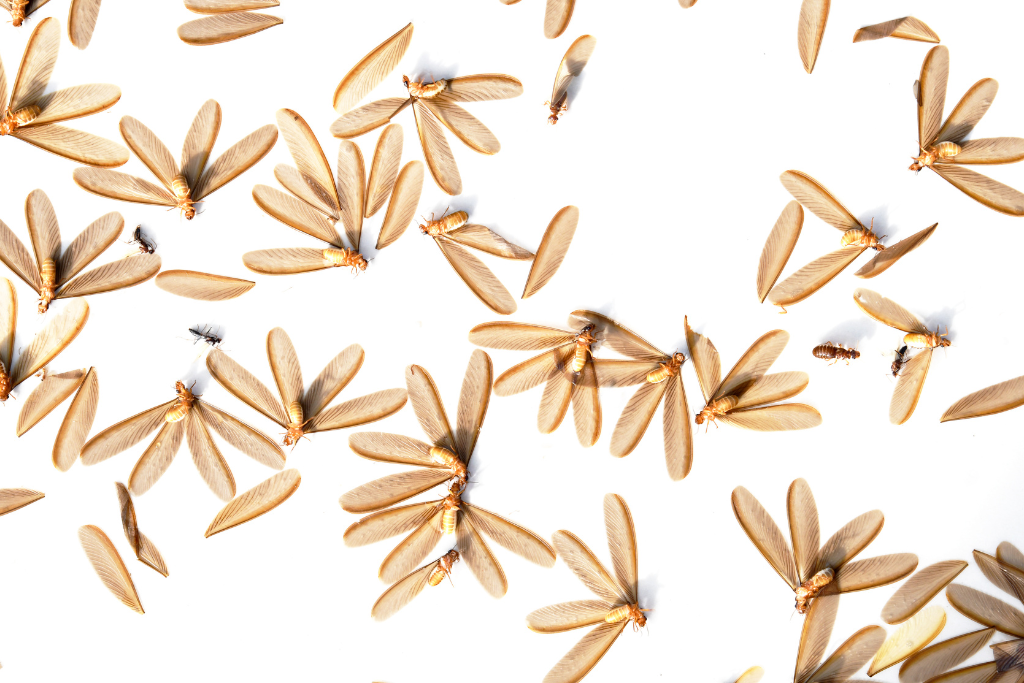
Termite Prevention Strategies Every Homeowner Should Follow
Once the active issue is taken care of, the next step is long-term prevention. Regular yearly inspections help catch early signs of activity. Keeping gutters clean, fixing leaks right away, and improving drainage around the home reduces moisture that attracts termites.
It also helps to trim plants away from the foundation and seal any openings around windows, doors, or vents. These simple steps create a protective barrier that keeps flying termites from entering and prevents new colonies from forming in the future.
Related Articles:
When are termites most active?
How Do Termites Spread from Neighboring Homes?
Does Mulch Attract Termites? Signs and Prevention Methods
Why Call K Termite When Flying Termites Appear Indoors?
When flying termites show up inside your home, fast action matters. At K Termite, we provide complete inspection and treatment services that address the source of the problem, not just the symptoms. Our team checks every part of your property, locates the colony, and applies the right treatment method for long-lasting results.
We offer:
- FREE termite inspections
- Multiple treatment options (no bait systems)
- In-house carpentry for damaged wood
- Strong warranties
- A termite protection policy for long-term safety
Our goal is to help homeowners stay ahead of termite activity and prevent structural trouble before it spreads. Flying termites in the house are a serious sign, and we step in with the experience and tools needed to solve the issue quickly and correctly.
If you notice flying termites, shed wings, or any signs of damage, contact us immediately for help.
Flying termites indoors are more than an inconvenience; they’re an early warning of activity that needs immediate attention. They often point to an active colony, moisture problems, or access points in the structure. Taking the right steps early can save your home from severe long-term damage.
By knowing the causes, risks, and proven fixes, you can protect your home and act quickly when swarmers appear.
FAQs
Q1. Do Flying Termites Eat Wood?
Yes, flying termites are capable of eating wood. While the swarmers themselves are focused on reproduction, the colony they originate from feeds on wooden structures, causing damage over time. Seeing flying termites inside your home usually indicates that a colony is present and actively consuming wood nearby.
Q2. Where Do Flying Termites Come From?
Flying termites, also called swarmers, usually come from mature colonies near your property - from neighbors, nature, etc. They take flight to start new colonies. They are attracted to light and often appear indoors through cracks, gaps, or openings in windows, doors, or foundations.



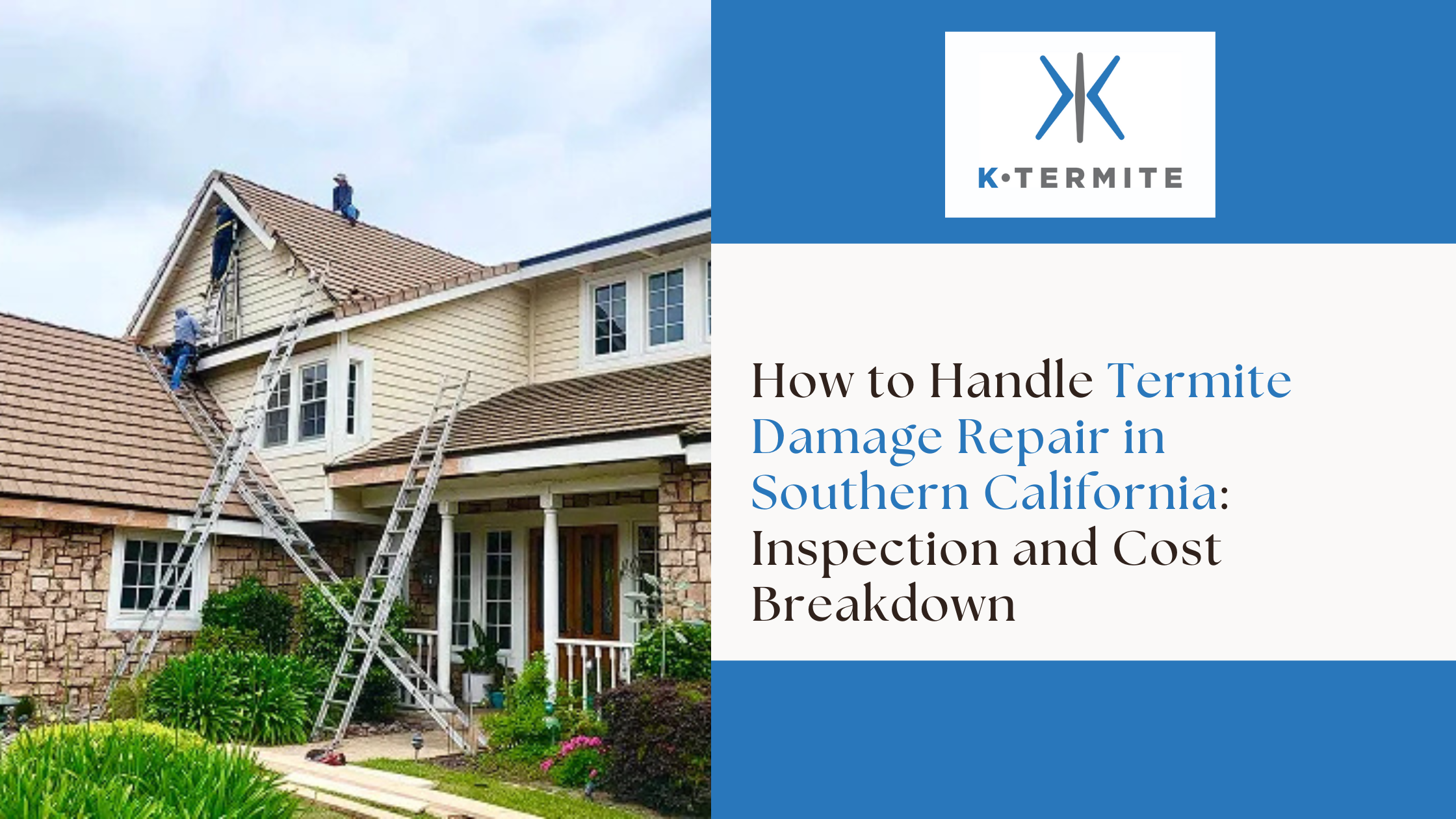
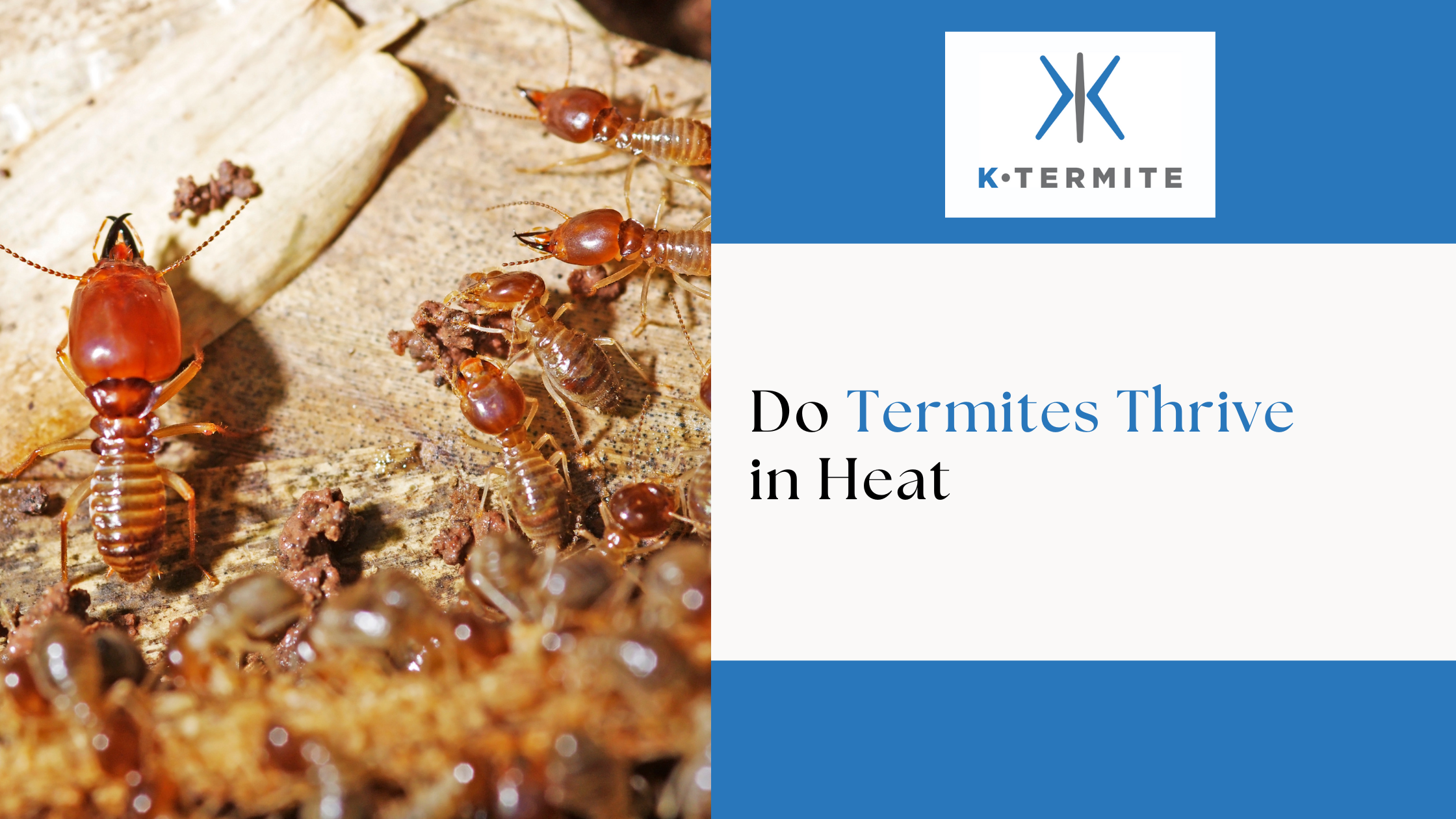

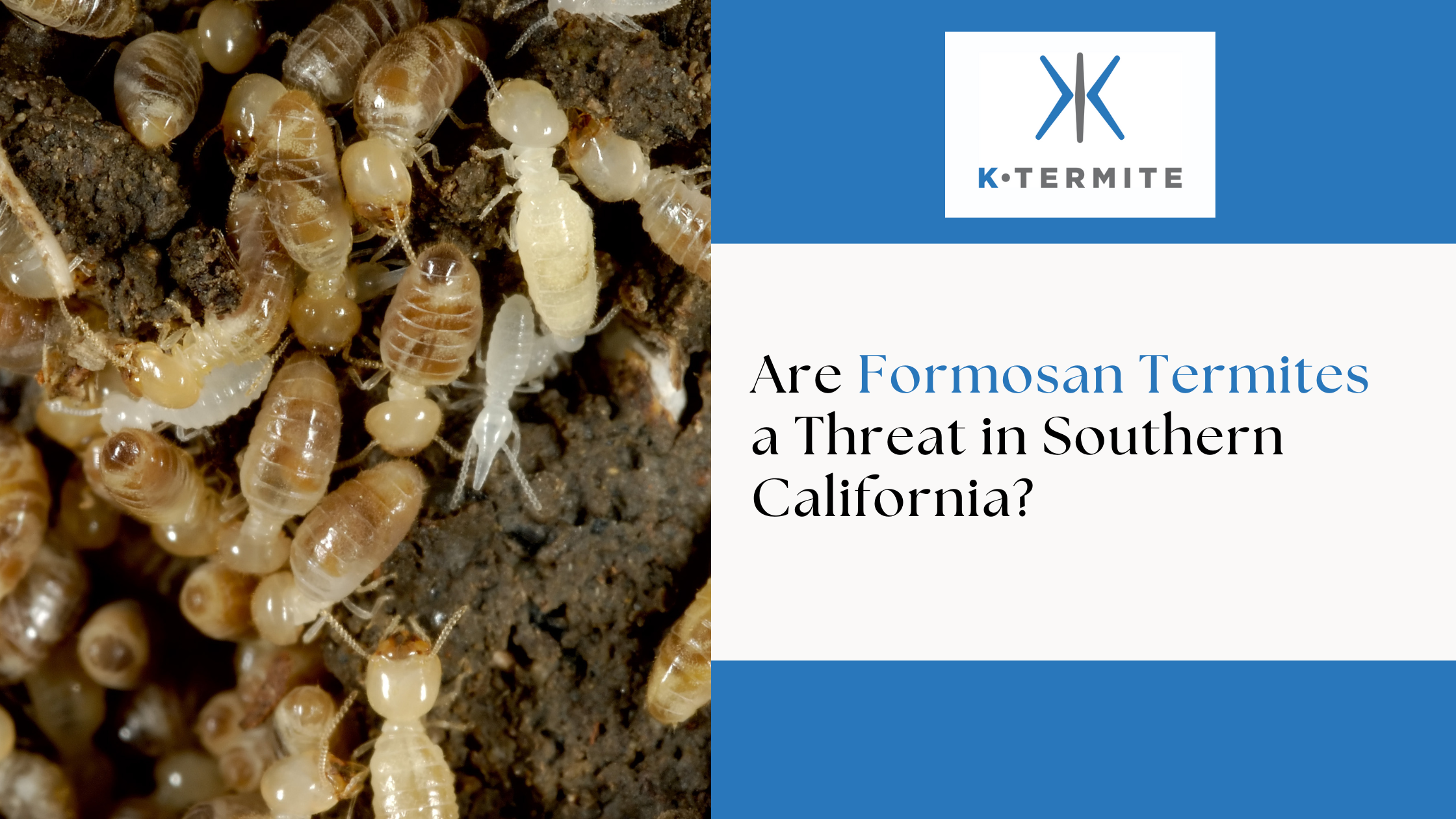




.png)
.png)
.png)
.png)
.png)
.png)
.png)
.png)


.png)
.png)






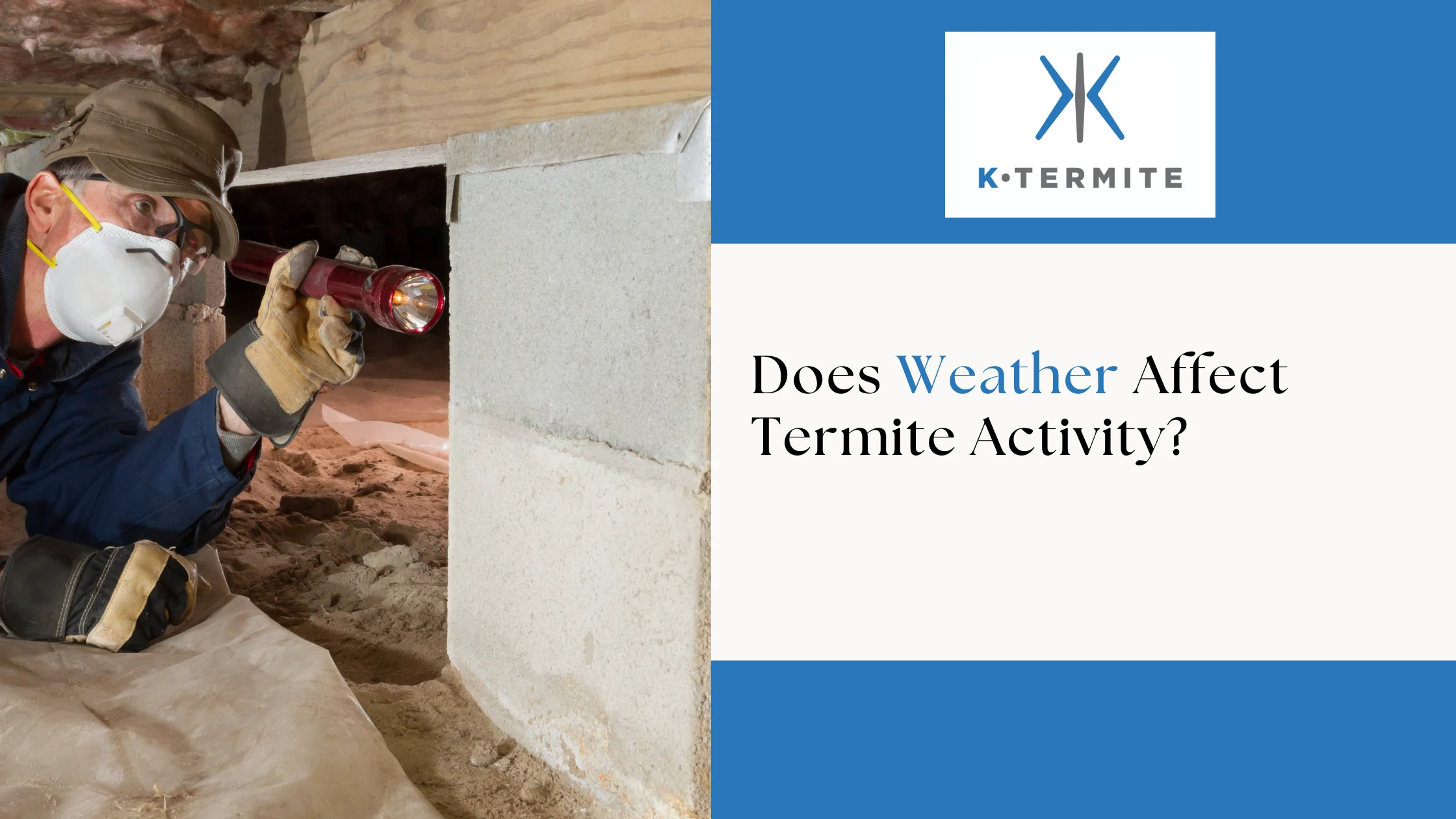
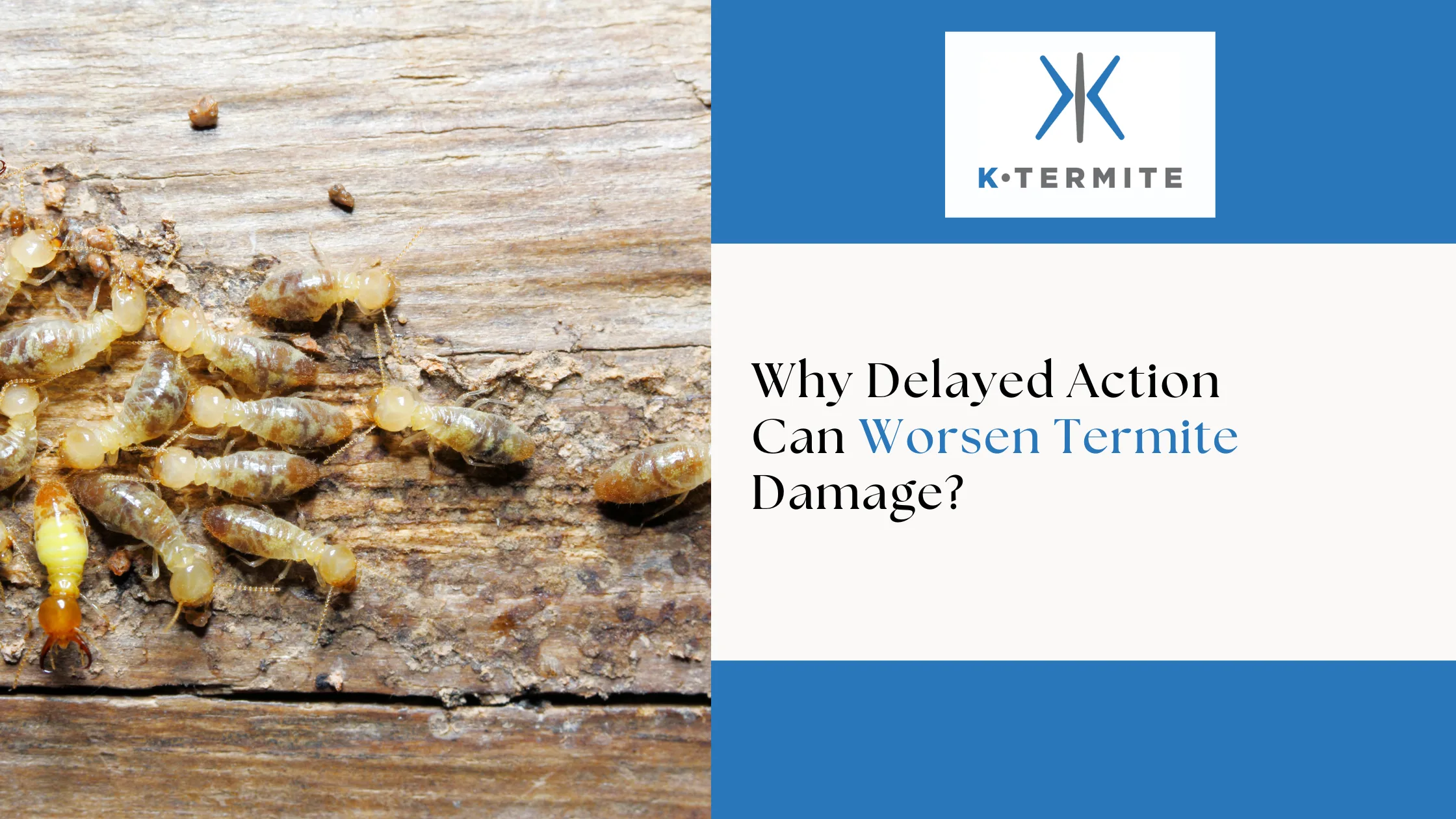



.png)
.png)

.png)
.jpg)
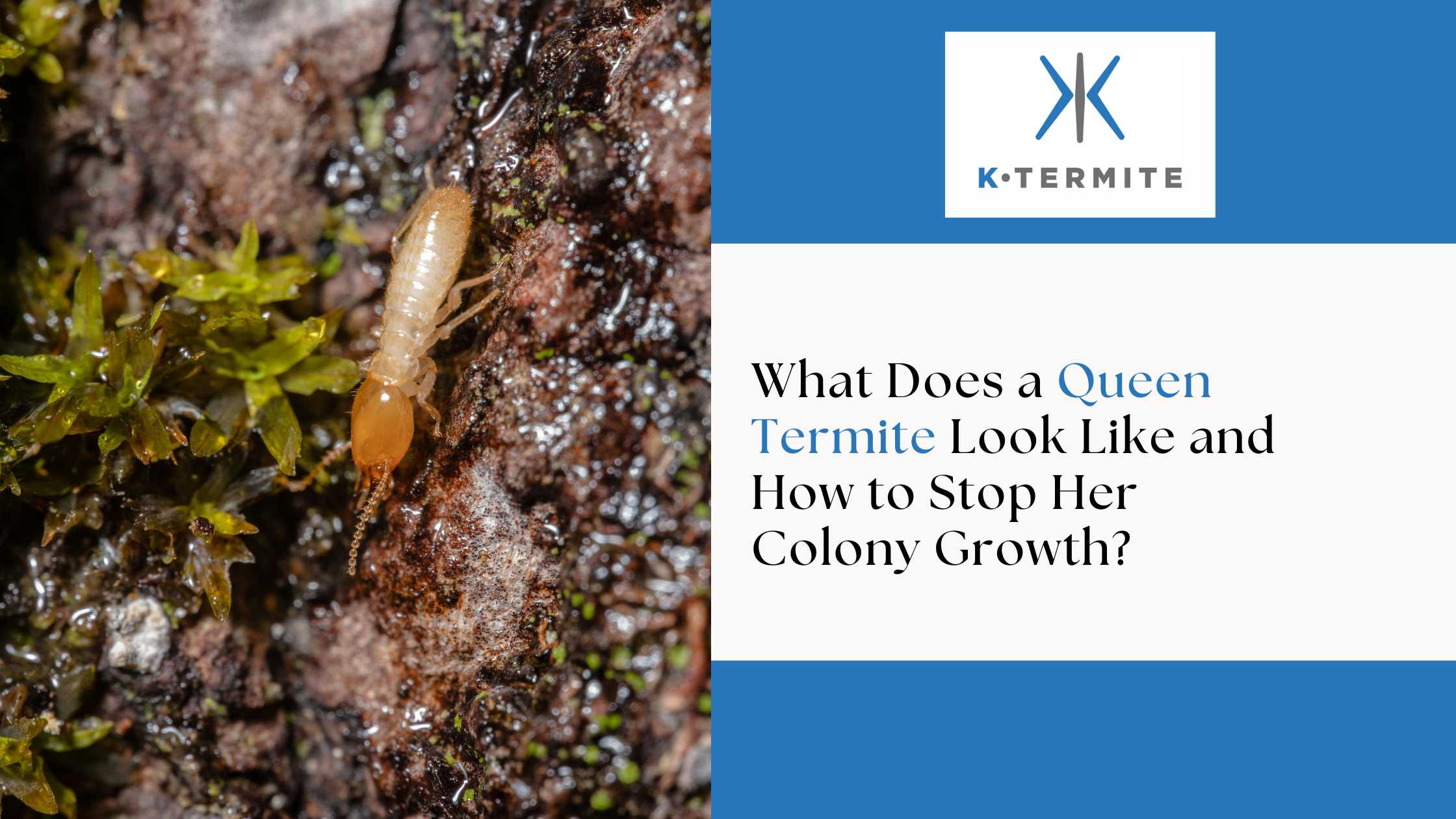

.webp)
.webp)


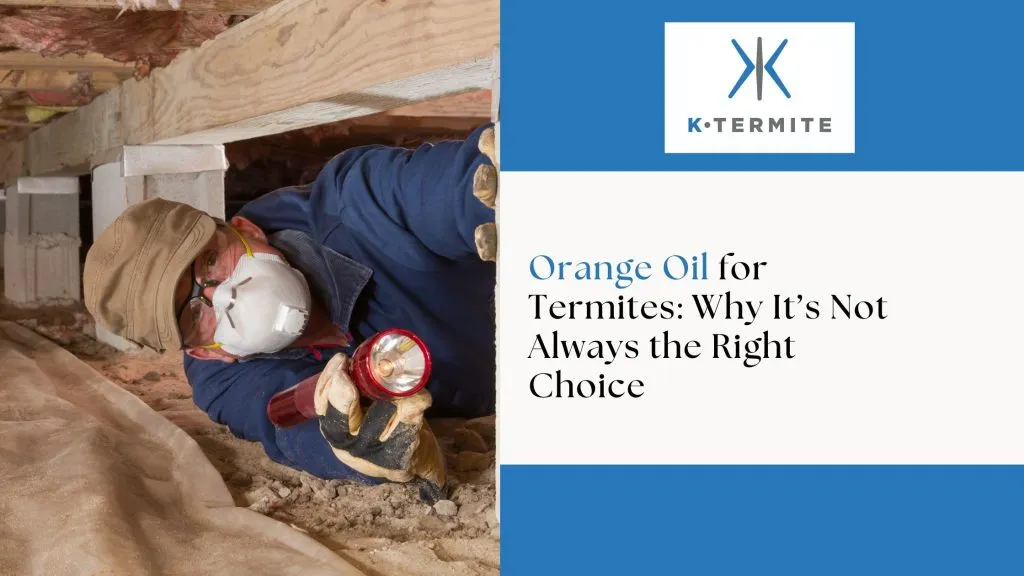

.webp)


.svg)

